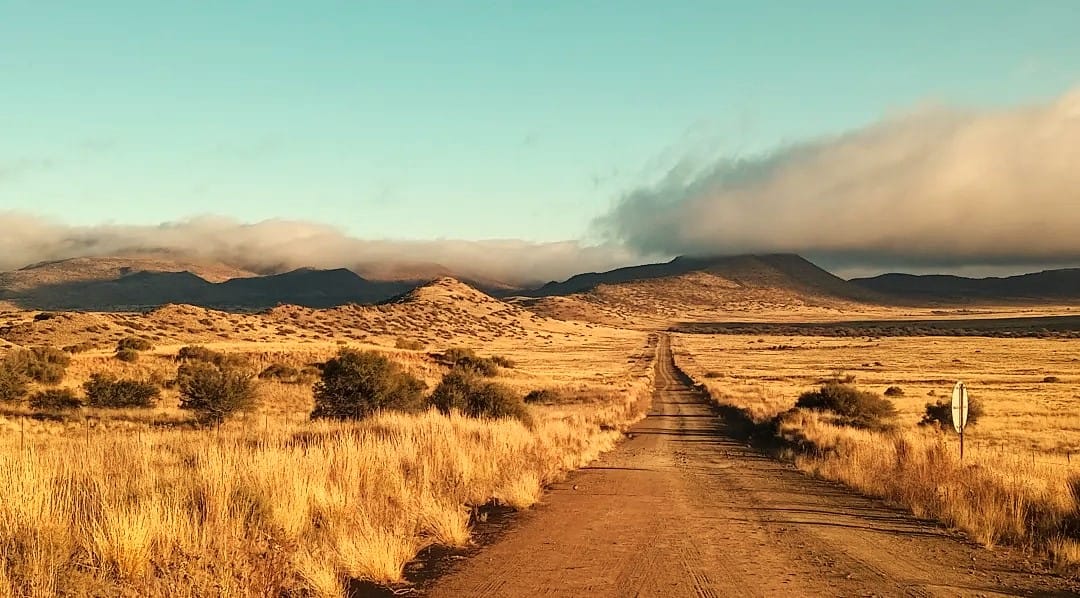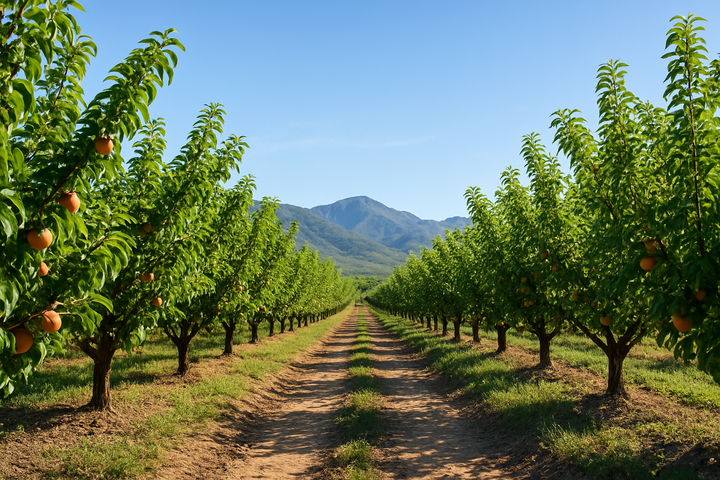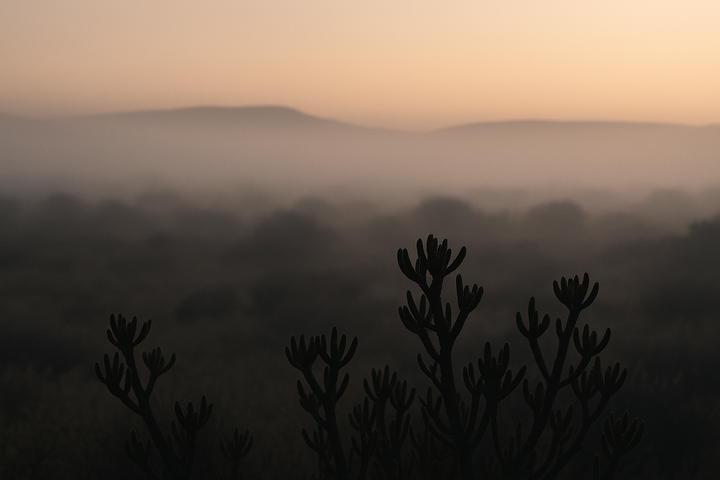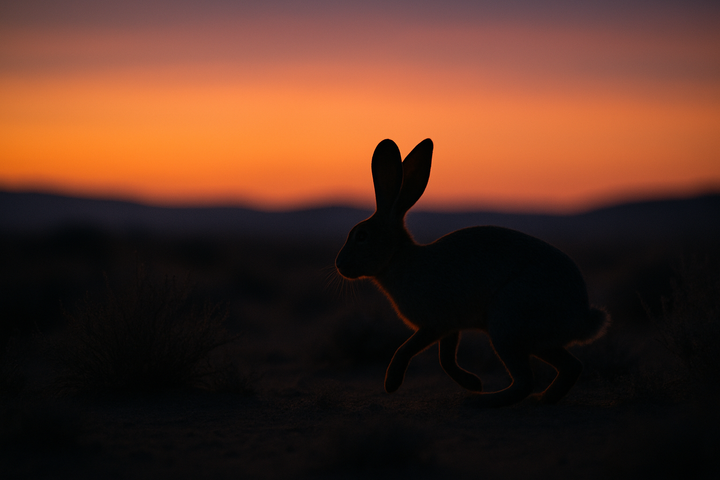La Niña on the horizon: what a wetter summer could mean for the Karoo
While the visual impact of this greening is often celebrated, it also brings secondary challenges.

South Africa’s weather patterns are shifting again, with the South African Weather Service confirming that La Niña conditions are developing across the Pacific Ocean and are expected to influence rainfall over the country during the 2025–2026 summer season.
For the Karoo, this could mean a noticeable change from the drier, high-heat cycles that have defined recent years.

Understanding La Niña
La Niña is the cool-phase counterpart of El Niño, and together they form part of a global climate system known as the El Niño–Southern Oscillation (ENSO). During La Niña, cooler-than-average sea surface temperatures in the central and eastern Pacific Ocean shift weather patterns across the world. For southern Africa, La Niña typically results in increased summer rainfall over most interior regions.
The South African Weather Service’s September 2025 seasonal forecast indicates a moderate to strong probability of above-normal rainfall between November 2025 and March 2026, especially across the central and eastern parts of the country.
The Karoo, though semi-arid, often experiences spill-over effects from this pattern, with more frequent showers, greener veld, and occasionally flash floods along dry river courses.
What this means for the Karoo
The prospect of a wetter summer will be welcomed by many in the region, particularly after the multi-year dry cycle that tested both communities and ecosystems. A return of rainfall could help restore groundwater reserves, recharge farm dams, and stimulate grazing areas that have struggled under heat and wind.
However, it’s important to note that La Niña rainfall is not evenly distributed. The Karoo’s varied topography means that one valley may receive steady rain while another remains dry.
Localised storms can deliver heavy downpours within minutes, leading to short-term flooding or road damage. The region’s characteristic gravel roads and dry-soil drainage systems are particularly vulnerable after long periods without moisture.

For travellers, this could translate to temporary road closures or detours during the peak holiday season. Visitors are encouraged to plan flexible routes, check weather updates before driving, and be prepared for changing conditions.
Impacts on soil, veld and farming
A wetter summer can bring much-needed relief to the Karoo’s soils and grazing lands, but it also introduces new management challenges. Years of drought have left many topsoils dry and compacted.
When the first rains arrive, these hardened surfaces may struggle to absorb water quickly, leading to runoff and expansive erosion. Gradual rainfall, spread over several weeks, allows soils to rehydrate, rebuild microbial activity, and regain structure - a process that underpins long-term fertility.
On the veld, increased rainfall encourages the rapid sprouting of grasses and shrubs that have lain dormant through dry years. This supports stronger grazing capacity for livestock, particularly sheep and goats, and helps prevent wind erosion by covering the soil surface.
However, quick bursts of heavy rain followed by heat can trigger a flush of invasive weeds, many of which outcompete slower-growing indigenous species. Landowners may need to balance grazing pressure carefully to prevent overuse of recovering areas.
For farmers, the advantages of La Niña conditions are clear: improved water availability for irrigation, better pasture growth, and reduced feed costs. Yet the season also carries risk.
Excess moisture can delay harvesting of lucerne, grains or fruit, and high humidity may increase fungal diseases in crops. In livestock production, wetter ground can heighten parasite loads and hoof problems if paddocks stay muddy for long periods.
Agricultural experts caution that La Niña should be viewed as an opportunity for recovery, not excess. Rebuilding soil carbon, reinforcing erosion control, and maintaining careful stocking rates will help ensure that the benefits of the wet cycle last beyond the season itself.
The Karoo’s semi-arid ecology depends on moderation and taking advantage of good years without exhausting the land.

A greener but cautious outlook
A wetter summer could transform familiar Karoo environs. Areas that have been brown and brittle since early winter may turn green within weeks of sustained rain. Seasonal rivers such as the Gamka, Sundays, and Fish could see higher flows, and vegetation may recover quickly in places that have endured repeated drought.
While the visual impact of this greening is often celebrated, it also brings secondary challenges. Prolonged wet spells may encourage invasive weeds and place pressure on road infrastructure. In smaller towns, stormwater management systems are not always designed for high-intensity rainfall, which can lead to short-term flooding in low-lying areas.

For the broader ecosystem, La Niña can offer relief. Increased plant growth supports small mammals, insects and birdlife, improving biodiversity health after years of water stress.
Ecologists note that periodic wet cycles are essential for maintaining balance in semi-arid zones like the Karoo, allowing vegetation and soil to recover before the next dry phase begins.
The longer forecast
Forecast models suggest that the current La Niña phase may persist into early 2026, followed by a potential shift back to neutral conditions later in the year.
Long-range climate projections also indicate that South Africa could face alternating wet and dry cycles over the next few years, rather than a return to prolonged drought or sustained wet conditions.
For the Karoo, that means planning for variability rather than certainty. Residents are encouraged to see the wet cycle as an opportunity to conserve water and strengthen soil integrity, rather than a guarantee of stability. Historically, the Karoo’s weather extremes (from flash floods to years of drought) have been part of its identity, and La Niña is simply another chapter in that ongoing cycle.
A balanced season ahead
As summer approaches, the outlook for the Karoo is cautiously optimistic. More rain is likely, particularly from December through February, accompanied by higher humidity and cooler daytime highs in certain areas.
While this will bring welcome relief from dry heat, it will also require awareness and preparation across towns and rural communities.





Comments ()